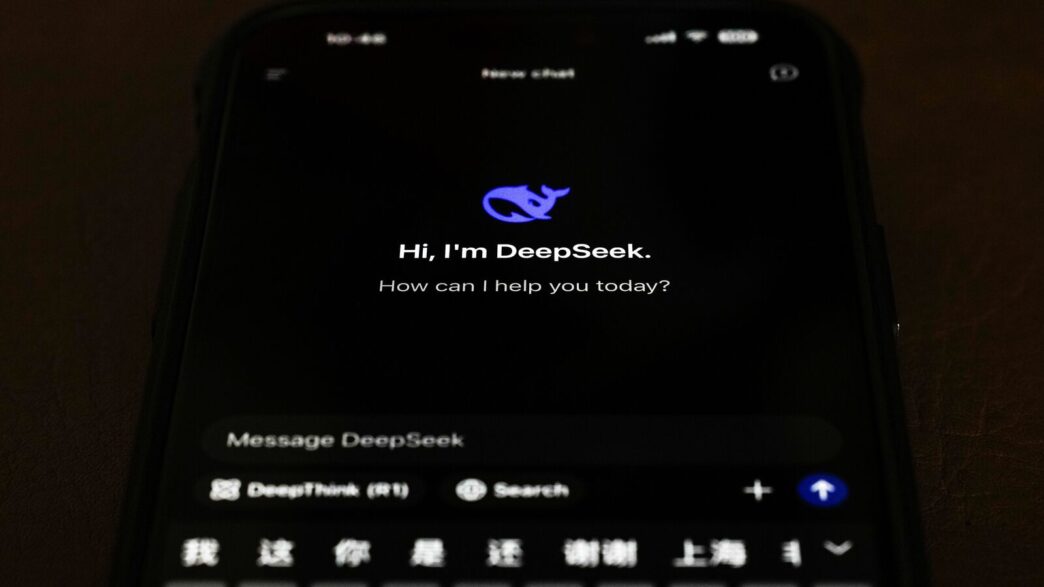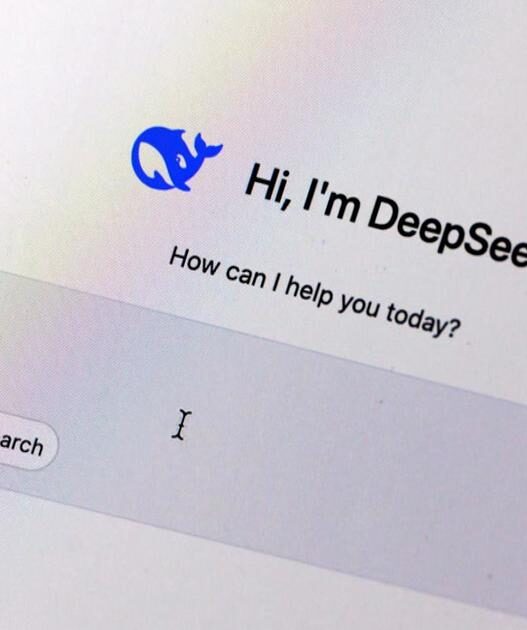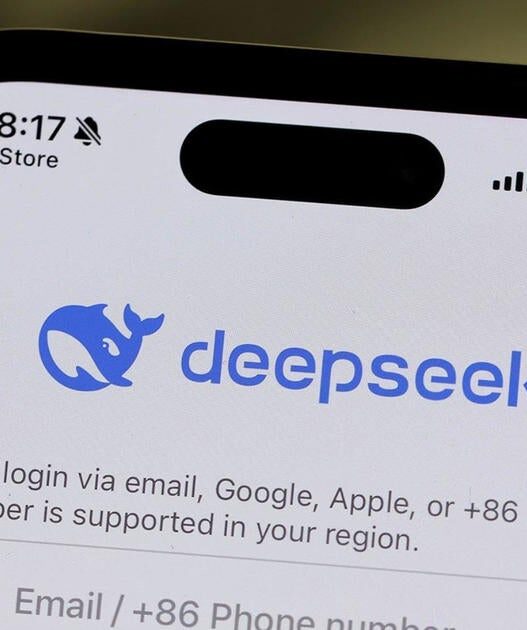DeepSeek has released a low-cost, open-source AI model that costs a fraction of OpenAI’s o1 and other large language models that are used to train AI, suggesting that AI models in countries like India do not need exorbitant high-end graphics processing units (GPUs) or gigantic data centres to be effective. Mint explains:
How did DeepSeek slash its AI costs?
The DeepSeek-V3 model, launched on 10 January, used Nvidia’s lower-capability H800 chips for training, spending less than $6 million, its researchers said in a paper. In contrast, OpenAI set to spend about $7 billion last year to train and operate ChatGPT, according to The Information, with an additional $3 billion for training the models with new data.
Overall, DeepSeek, which was founded less than 2 years ago, was developed for less than $10 million.
Also, DeepSeek’s R1 model demonstrates that advanced AI can be developed without massive financial investment, provided the focus is on optimizing training methods. The R1 model uses reinforcement learning without supervised fine tuning, which enables an AI model to learn by being shown examples of tasks with correct answers.
Models using reinforcement learning improve through trial and error. Since DeepSeek focuses directly on this to refine its AI’s reasoning abilities, it avoids dependence on pre-labeled datasets, significantly reducing costs, and making cutting-edge AI accessible to smaller players.
How does DeepSeek fare against OpenAI?
DeepSeek says R1’s performance is comparable with that of OpenAI-o1 across math, code, and reasoning tasks while costing 5-10% of o1’s API (application programming interface) price. DeepSeek has also developed DeepSeek-V3, which was trained over two months at a cost of $5.58 million and is designed for text-based tasks such as coding and essay writing. The company also offers smaller versions for use on standard laptops.
How does DeepSeek help ‘democratise’ AI?
DeepSeek’s R1 supports commercial applications and shares its models and training methods, contrasting with OpenAI’s shift away from open research. DeepSeek has thus unlocked opportunities for global collaboration while promoting innovation.
“The ideal translation of DeepSeek’s work in China is that the AI industry gets democratised,” said Anushree Verma, director analyst–emerging technologies, Gartner. “It also makes a case for AI research in more geographies, and the open-source model means that more parties can access it to see what made it possible.”
Also read | What is China’s DeepSeek and why is it freaking out the AI world?
What can India reap from DeepSeek?
For India, where startups and research institutions often operate with limited resources, adopting DeepSeek’s lean methods could accelerate AI development without over-reliance on government or corporate funding. Initiatives like the Indian Institute of Science’s work on low-resource AI systems could benefit from this approach, emphasizing efficiency over brute computational power.
Sudarshan Seshadri, partner at Tiger Analytics, said DeepSeek’s innovation makes a strong case for Indian entities to follow a similar path. “Such a nature of innovation shows that India, too, can definitely create foundational models in AI with core competencies without needing the kind of funding access that US tech firms have deployed so far,” Seshadri said.
“For India, the cost of AI compute will go down, and the power consumption cost of data centres would go down. Even if the overall volume of AI research goes up, the cost of power consumption decreasing due to a 20-50x rise in efficiency would make AI research viable.”
Also read | DeepSeek undercuts belief that chip-hungry US players will win AI race
Among Indian companies looking to develop smaller, low-cost language models are AI4Bharat’s Airawat series, Sarvam AI’s OpenHathi series, CoRover.ai’s BharatGPT, Tech Mahindra Ltd’s Indus project, Krutrim by Ola’s Bhavish Aggarwal, Sutra series from Two Platforms, and SML India’s Hanooman LLM series.
Besides, DeepSeek presents an opportunity for Indian AI researchers to access a model equivalent to the OpenAI o1 Pro—the most expensive model. OpenAI chief executive Sam Altman acknowledged on X that DeepSeek’s R1 model was “impressive” and that his company would respond with “much better models”.
Can Indian startups also contribute to ‘democratising’ AI?
India, with its strong base of open-source developers, could create similar frameworks as DeepSeek to democratize AI, say experts. For instance, policy think tank NITI Aayog’s “AI for All” strategy could prioritize open-source AI platforms tailored to solve local problems in agriculture, healthcare, and education, ensuring broad adoption without high licensing costs.
“With India’s AI Mission also showcasing a marketplace model, it’s likely that the DeepSeek model lends credence to India’s push to build its own foundational local language model,” said Verma of Gartner.
Aravind Srinivas, co-founder and chief executive of US-based AI-powered answer engine Perplexity, suggested India could learn some lessons from DeepSeek’s approach. “… I hope India changes its stance from wanting to reuse models from open-source and instead trying to build muscle to train their models that are not just good for Indic languages but are globally competitive on all benchmarks…,” he wrote on X.
Is the China angle a concern?
DeepSeek’s censorship of politically sensitive topics highlights the dangers of AI systems reflecting biased or controlled viewpoints.
India needs to ensure that AI development upholds free expression and avoids embedding societal or political biases. Efforts like the Union ministry of electronics and information technology’s draft policy on responsible AI can focus on transparent datasets and independent audits of algorithms to prevent misuse.
“DeepSeek’s achievements are yet to be third-party verified,” cautioned Jibu Elias, India head–responsible computing, Mozilla Foundation.
However, “concerns around DeepSeek sending usage data to China is futile. For research work, the model can be run locally,” he said. “The bigger question that this raises is the need for larger quantum of R&D funding to the top Indian institutes, which can help India create such frugal innovations.”











